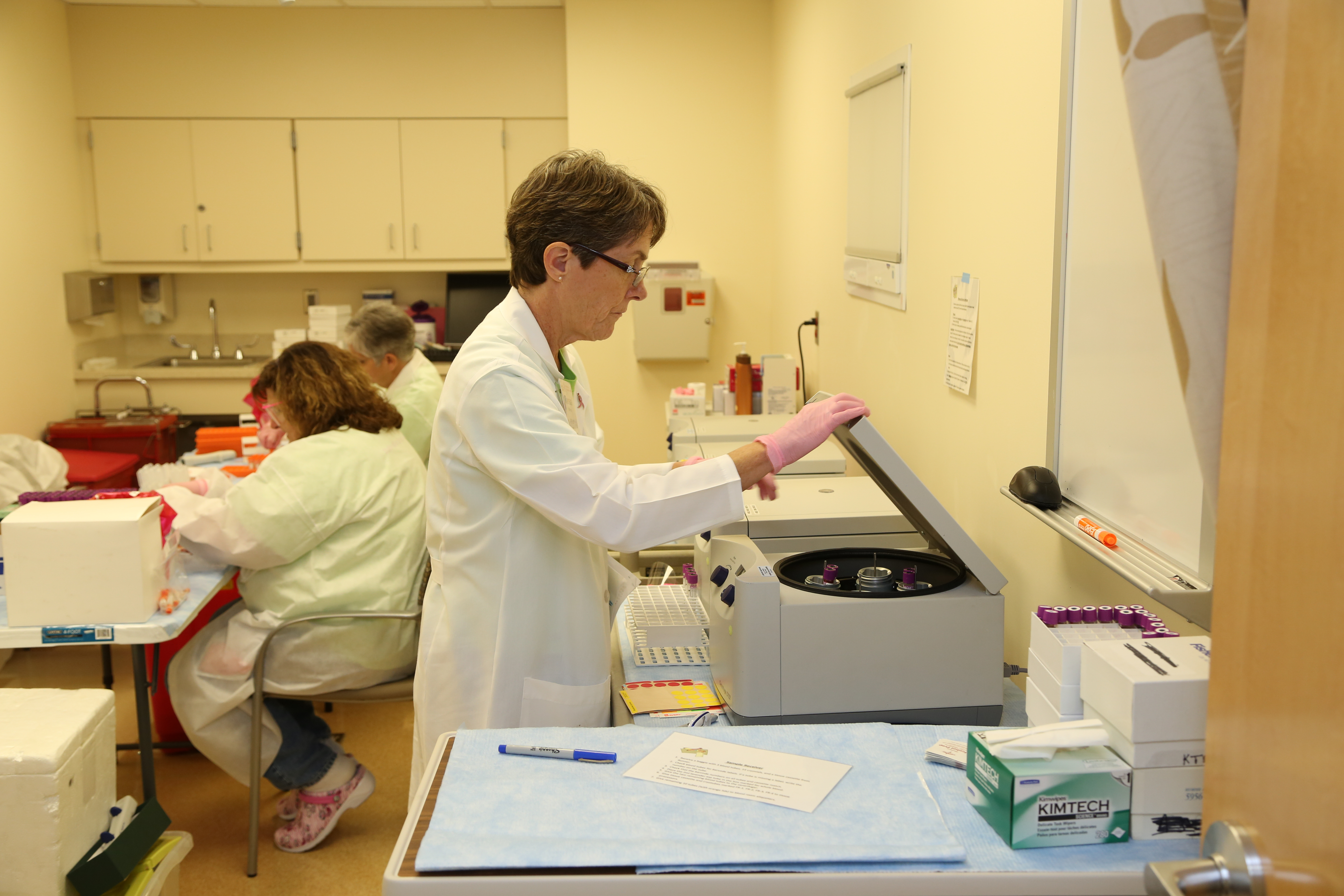Breast Cancer and Age/Race
Breast Tissue Biology Differs by Race—And It May Help Explain Cancer Aggressiveness
Rujchanarong et al., Medical University of South Carolina
This research team used samples from the Komen Tissue Bank highlighting how breast tissue biology and cancer risk may differ by ancestry and health factors. It offers insight into why Black women are more likely to develop aggressive breast cancers and emphasizes the need for personalized prevention strategies. The team members focused on N-glycans—complex sugar structures attached to proteins that help cells communicate. These molecules are part of the breast’s stroma, the supportive tissue around other breast cells, and may play a role in how cancer begins, even before a tumor forms.
The researchers compared normal breast tissue from Black and White women to see how N-glycan patterns differed based on race, breast density (how much fibrous tissue vs. fatty tissue), body weight, and menopause. They also looked at breast cancer tissue to see if these sugar patterns in normal tissue persisted in tumors. They found that Black women with dense breast tissue had higher levels of certain N-glycans—especially those associated with aggressive cancers. These patterns not only showed up in normal dense tissue but became even stronger in cancerous tissue. In contrast, White women’s tissue showed fewer changes: their dense breast tissue looked more like fatty tissue in both healthy and cancerous samples.
The study also showed that health factors, such as higher body mass index (BMI) and menopause, in Black women, were linked to more pronounced changes in N-glycan patterns. These same factors did not affect White women’s tissue as strongly, suggesting a complex mix of biology and environment. The Komen Tissue Bank is the only resource in the world with normal breast tissue, individual-level patient reported data, and mammograms that could support this research from a diverse population.







